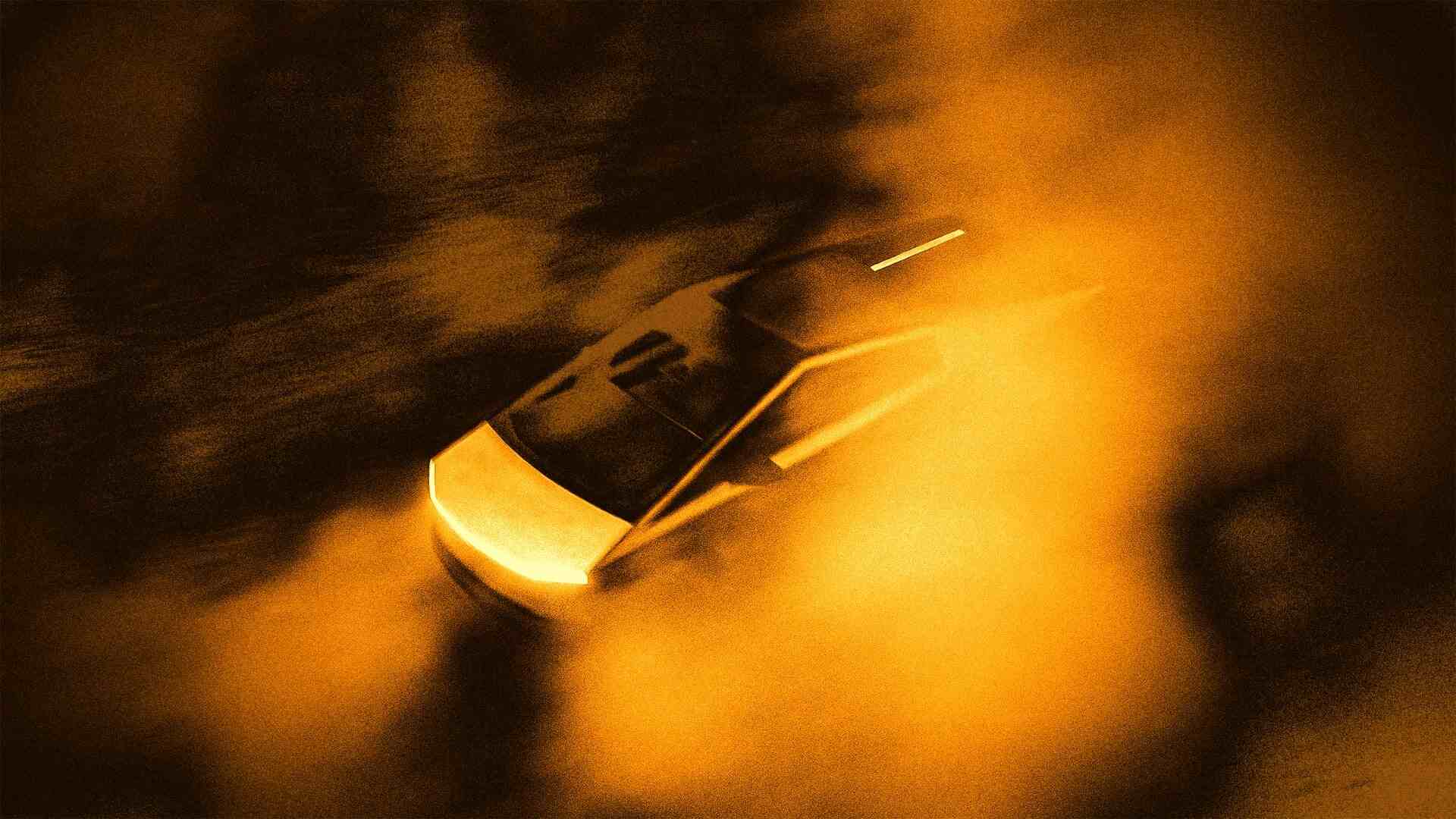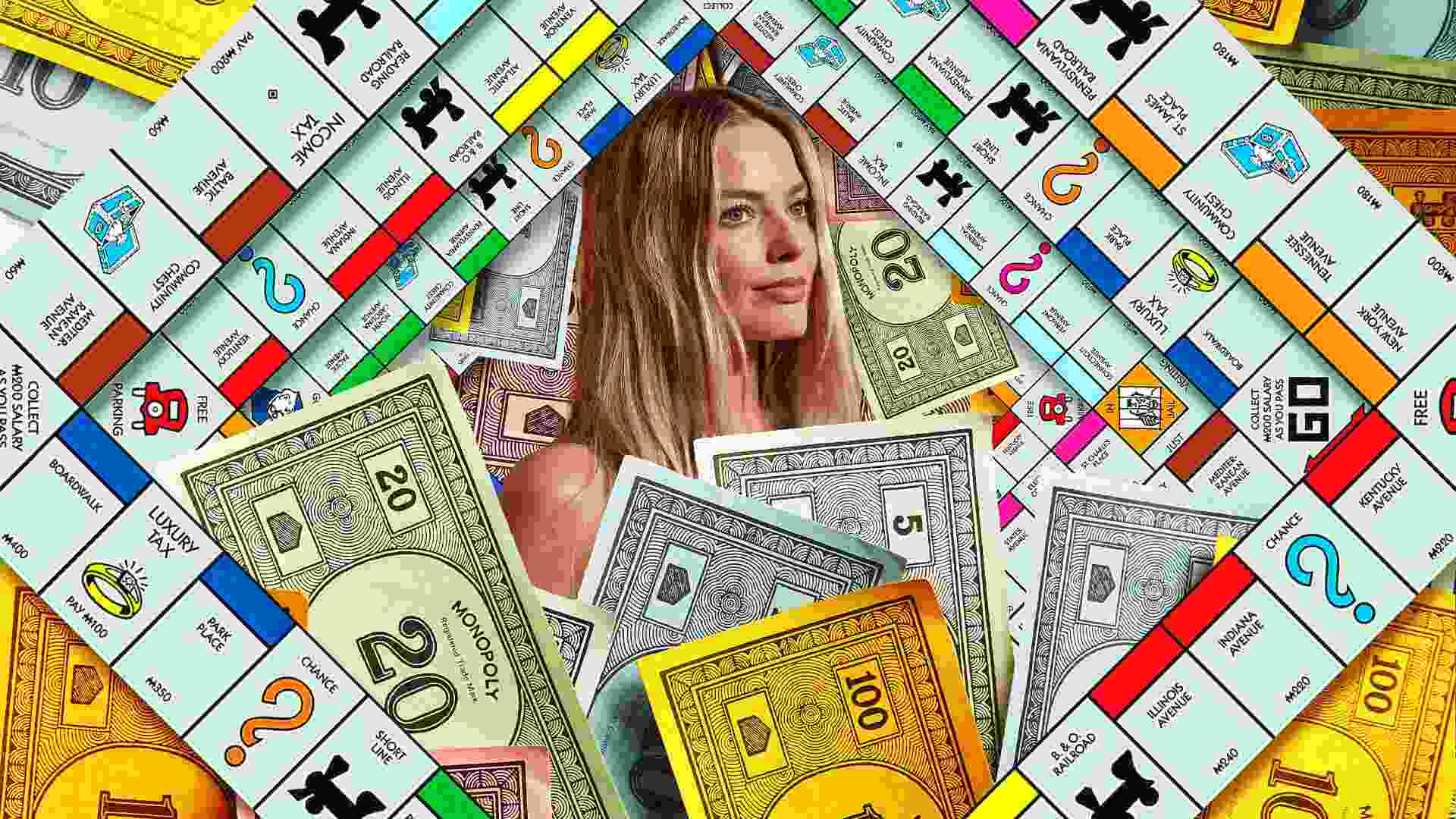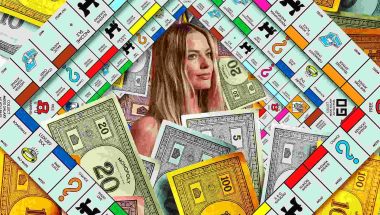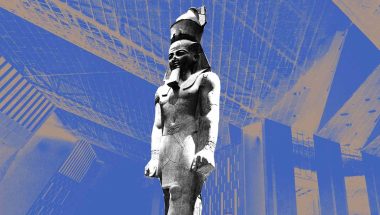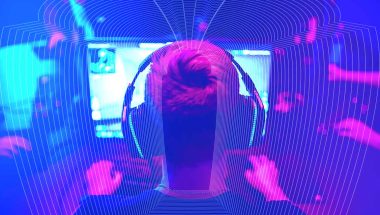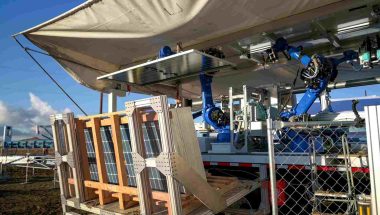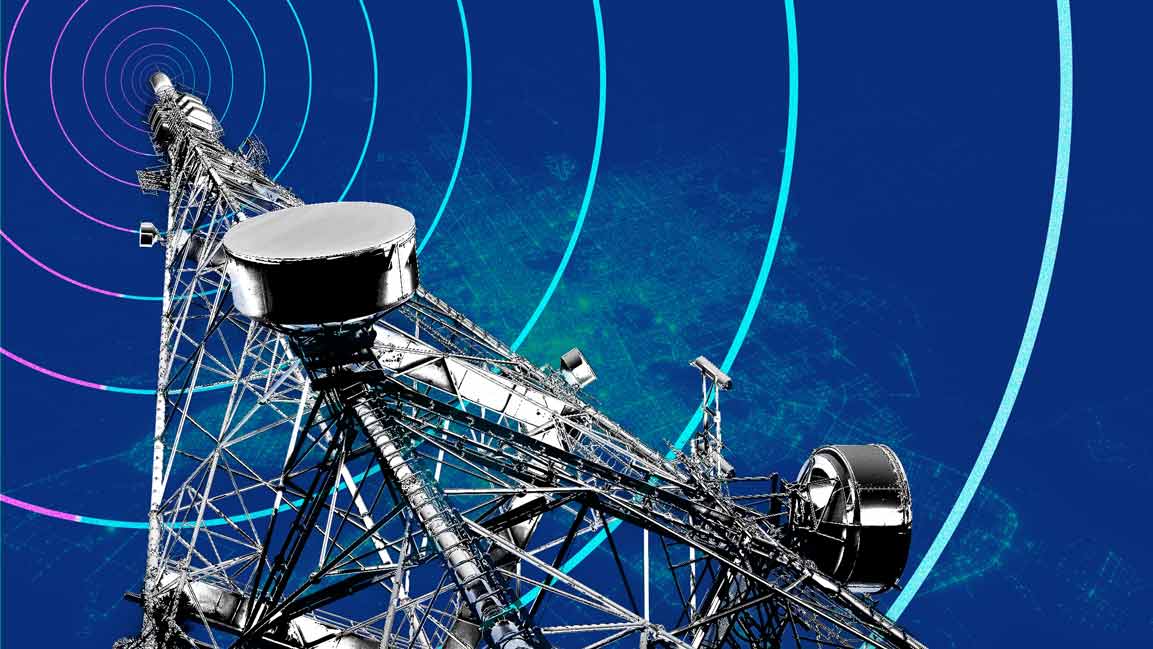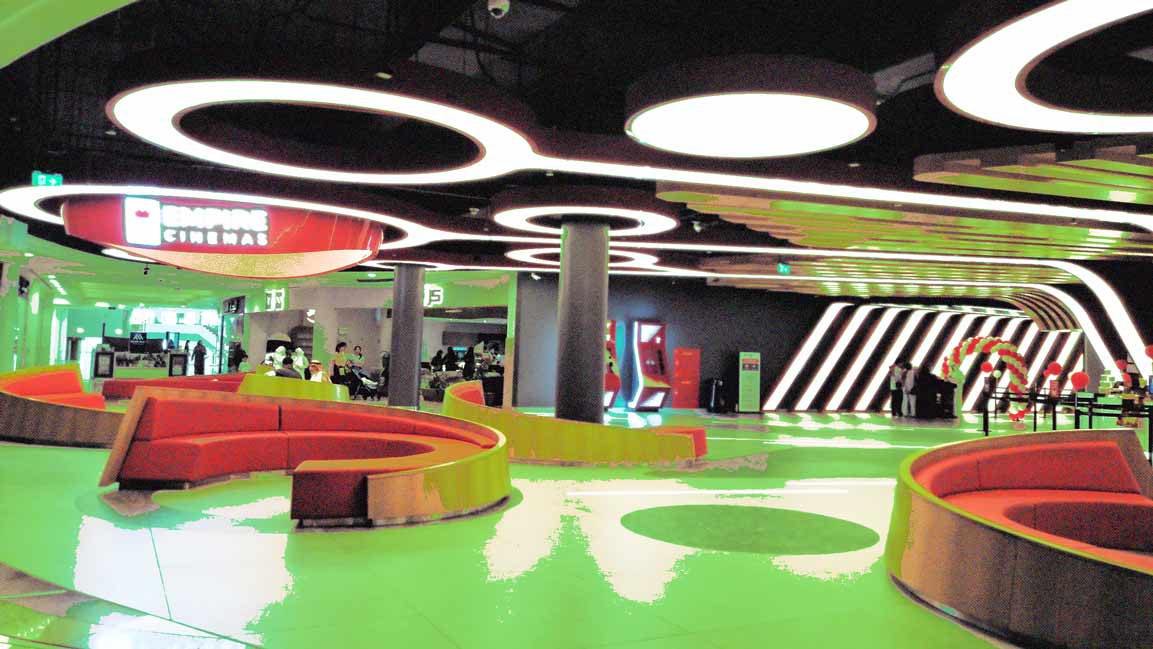- | 9:00 am
AI is going to change the design profession, but not necessarily for the worse
Or, how we stopped worrying and learned to love AI.
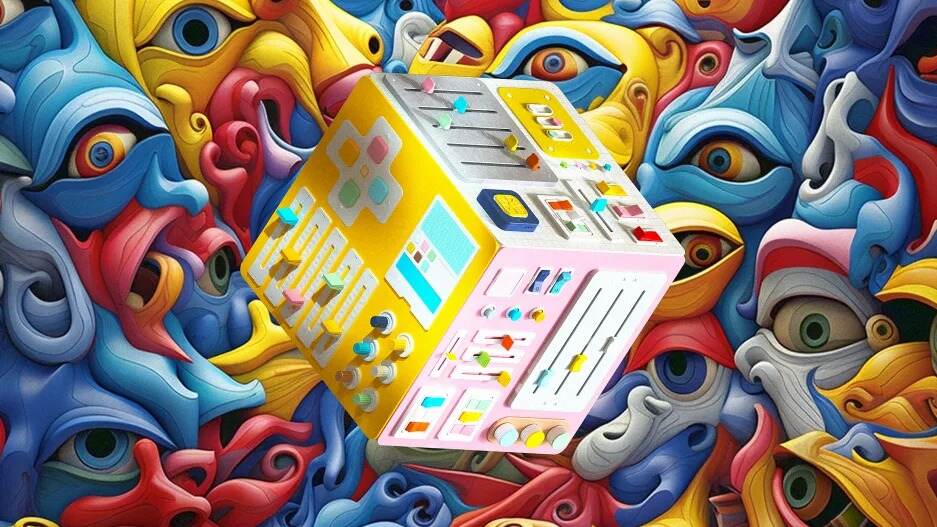
It’s easy to laugh at the terrible uncanny valley-ness of AI Hollywood movie trailers and those ubiquitous party photos where everyone has a weird number of teeth and fingers. But there’s also a perceptible nervousness underpinning the LOLs, particularly from the “creative industries” corner.
AI discussions seem to be reaching fever pitch right now, and it goes without saying that the likes of ChatGPT and DALL-E are here to stay—and they’re only going to get more powerful. But that doesn’t mean designers should despair, retrain, or brace themselves for redundancy: It’s time to calmly take a step back and think about what all this really means.
If we define a designer’s job too narrowly as a specific set of rote tasks, then things like Midjourney would definitely be a threat. However, if we see a designer’s role as communicating and connecting ideas to humans in meaningful ways, then AI image-generation becomes another tool and avenue for creative expression.
THE LEGITIMATE FEARS
At the moment, many of the concerns around AI center on how it will reorganize some of the roles of a designer, or a software engineer, particularly those who are just starting out in the industry. And absolutely, why ask a junior designer to come up with 20 variations of a mark, or tediously hand-draw all of the individual wireframes of a user flow when a computer can do it almost instantaneously? For designers working in-house at a company that doesn’t value design, the challenges are even greater.
There’s also some glaring moral concerns baked in. Right now, AI is very good at producing an output, whether it be true or false, ugly or beautiful, functional or useless. But there’s very little insight into or accountability around the information used to train the models, and how the output is generated. This has to be addressed in order for AI to be responsibly integrated into society, and designers are in a better position than most to do that.
Basic programming and design tasks will almost all be automated in five years’ time. What’s most critical is for designers to think beyond this and understand how technology works to enable communication.
REMEMBER: TECHNOLOGICAL PANIC IS NOT NEW
Throughout design history we’ve seen new technologies strike fear in the hearts of many designers, to varying degrees. The shift from an analog to digital means of making was particularly anxiety-inducing to designers as they learned to both grapple with the new tools available to them and restate their value beyond serving as practitioners who simply wielded the tools.
A classic example is the transition from metal to digital type, which led to the obsolescence of a whole range of specific functions like the “type director.” Likewise, the emergence of “democratizing” desktop publishing software saw designers’ roles redefined, but not relinquished.
It’s easy to forget how quickly everyday design tools shift. There was a small but palpable ripple in the design community when Adobe bought Figma; many designers were bracing themselves in case something happened to the beloved wireframing software. But Figma is still relatively young—its first ever public release was at the end of 2016—and before it arrived, there were many tools that designers still use today, like Sketch, Azure, and InVision.
At the most basic level, these technological evolutions most often result in changed job titles. In the 1990s, being an “information architect” or “web designer” was the future. Today, these monikers seem laughably anachronistic. Do designers still make websites and organize information? Of course, but today’s internet is so much more than just websites. Designers have always needed to rearticulate their role as creators and translators with the arrival of new technology. Yes, technology has eliminated certain jobs, but it’s important to remember that it’s created just as many new ones.
RETHINKING WHAT DESIGNERS DESIGN
It’s important to note that the technology, or suite of techniques and technologies that power AI, has been with us for quite some time. Most of the current new wave of AI tools are based on the power of pattern recognition and generation; functions that are rooted in machine learning and training a computer to do certain things.
If you look closely, a lot of the consternation with these technologies is how they have been trained: which images they use, who holds the rights to those, certain inbuilt biases, and so on.
The design world needs to grasp this opportunity to be ahead of the game and assume a central role in designing the future tools of design, becoming key stakeholders in curating and defining the way they continue to create, visualize and articulate across various mediums, platforms, and cultural contexts.
. . . AND HOW THEY DESIGN
There’s no hard and fast rule, skill, or area of expertise that will guarantee a designer’s importance (or job).
Rather, designers need to approach the AI evolution and where they sit within it in more abstract terms. Designers must think systematically and paradigmatically, understanding how to communicate across multiple channels at once, developing a deep understanding of current and upcoming platforms of communication, and how humans interact with technology.
Ultimately, now as in the future, designers have three key roles: to create (structure knowledge and represent perceptions); translate (move between contexts, platforms, and cultures); and articulate (give clarity to thought and feeling).
Our most hopeful vision for design is that the act of making invites us to see anew—it connects us in new ways to the world and each other. Design is ultimately a profoundly human endeavor. A designer’s role comes down to facilitating the communication of ideas and experiences through form and experiences in a way that resonates with other human beings.
In the end, it’s still people who decide if something an AI has generated is “good” or “bad,” and how much it resonates. How we come to those visual judgements is something AI can never answer.











